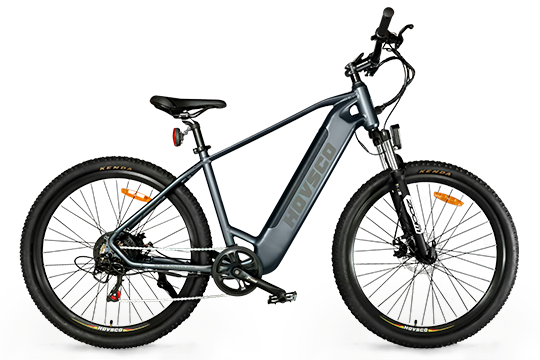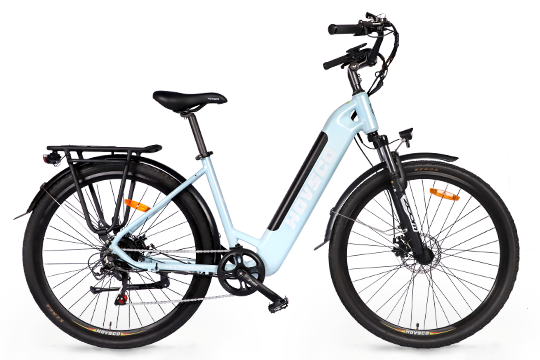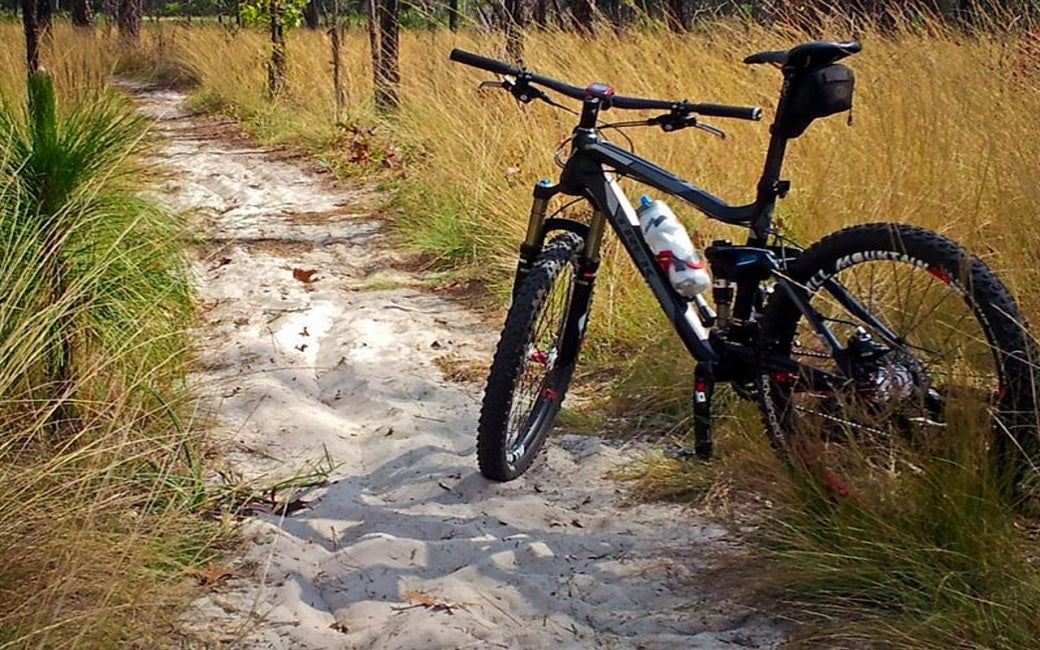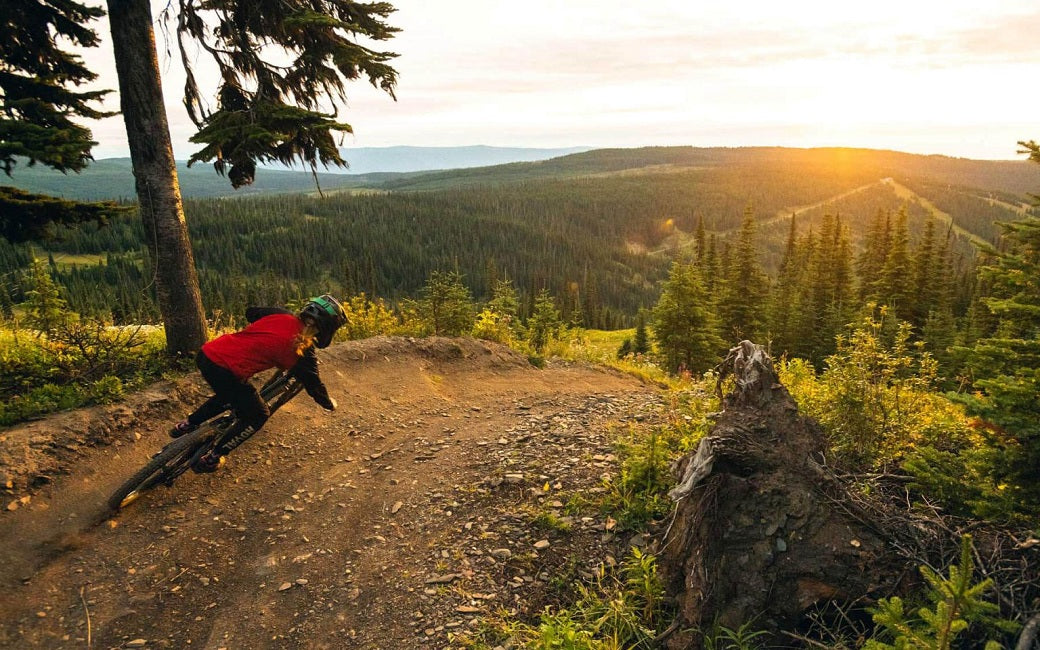Bicycle Chain Lube Ultimate Guide

A chain is one of the most important parts of a bike, but it won't last long if it isn't lubricated regularly! These attacks are all extremely aggressive for a bike chain and accelerate its wear. Lubricating your bike chain regularly will prevent you from breaking it or from having to change the transmission if it is too worn out because you have not changed it for too long.
There are several types and brands of bike chain lube on the market, so you need to be able to distinguish between them in order to ensure you are getting the best bike chain lube for your bicycle. Below we will walk you through something about bike lubricants. (Derailleur Adjustment Guide for Electric Mountain Bike)
Chain
It goes without saying that bicycle chain lube should be used, well, on the chain. This is the lifeblood of a bike—without a fully operational and quality chain, a bike will be difficult to pedal and will not perform the way that it should. Using bike chain oil on it will keep the chain in top condition so that you always get out of it what you expect.
Clipless Pedals
Without Lube: Your bike's engagement and disengagement won't be as smooth as they should be, and your pedals may be impossible to remove.
Lube them: If your clipless pedal system has a visible spring (where your cleats engage into the pedal), apply a drop of T-9 every few rides to keep it rust-free. Use Phil Wood Waterproof Grease to coat pedal threads every time you install them, so they'll actually move when you remove them.
Never Use: Grease on the pedal springs. You’ll gum up the mechanism.
Cables
If a bike chain is the lifeblood of a bicycle, then the cables are the next most important aspect. While they go unnoticed much of the time, these cables are the keys to shifting gears properly as well as stopping, since they connect the braking system. Keeping these metal cables in top condition with bike chain lube is not only going to help them last longer, but it is a safety priority.
Pivot Points
Without Lube: The points on which the individual parts of your brakes and derailleurs pivot will not move as smoothly and will invite rust.
Lube Them: Drip T-9 onto each pivot point (rear derailleur; front derailleur; rear brake; front brake) every few months (more if you ride in wet conditions) to keep them protected and working well. Wipe off excess lube so it doesn’t attract dirt.
Never Use: Lubricant on brake pads, rotors, or rims. If you do, you’ll have a hard time slowing or stopping. If you accidentally get lube on disc brake rotors or pads, you’ll need to get new pads to be safe.
Derailleur Pulleys
The pulleys on the derailleurs are far too frequently overlooked when it comes to parts on a bike that need to be lubricated. These pulleys, if allowed to wear down or rust, can keep the bike from switching gears properly, leading to many other issues down the road.
Seatpost
Without lube, your seatpost isn't technically a moving part, at least until you try to remove it or adjust it. Check your seatpost every so often to make sure it doesn't seize up and get stuck.
Lube It: Fully remove the seatpost. Wipe off any grit and old grease, including inside the frame. Apply a thin layer of grease directly to the seatpost on the area that will sit inside the frame. Standard bike grease will work, though you might want to use either an anti-slip or anti-seize compound.
Never Use: Too much grease. This could cause your seatpost to slip when it’s weighted.
Bicycle Chain Lube Types
Walk into any bike shop, or navigate to any online store, and you’ll notice right away that “chain lube” is more of a category than a specific product. You might even find products that are chain lubes according to some, but not according to others: WD40 is one example, but so are bike shop staples like Tri-Flow and Phil Wood Tenacious Oil. Why? The answer is a theme which some readers will find familiar: it depends. Because chain lube does so many jobs, there are different lubes which prioritize those jobs differently. In general, though, chain lube divides into two areas: dry lube and wet lube.
Dry lube tends to be misunderstood since it's typically sold in a bottle of liquid. Many dry lubes visibly separate in the bottle, leaving both liquid and solid components that need shaking to re-combine. Most of the lubricating properties are in the solid component, while the liquid acts only as a solvent. When the lubricant is mixed with the solvent, it is much easier to apply to the chain than using a dry film, and the solvent also helps the lubricant penetrate deeper into the chain's moving parts. The solvent usually evaporates quickly, leaving the chain dry to the touch but lubricated with a solid film, hence “dry lube.”
Wet lube is exactly what it sounds like: it is designed to remain on your bike or chain even in wet or rainy conditions. If you live in a particularly rainy area or if it’s springtime, this is the best bike chain lube for you. (How to Get Bike Grease Out of Clothes might give you some hints.)
In case you haven't yet established a thorough and regular bicycle maintenance routine, now is the time. Learn how to lube a bike chain, how to lubricate a bike chain, and what the best bike chain lube is for your needs so you can extend the performance and longevity of your bike, whether it's a traditional bicycle or an electric bike.






There are some great tips in here – loved this post thank you and I appreciate your comment.
https://mototechgps.com
Leave a comment